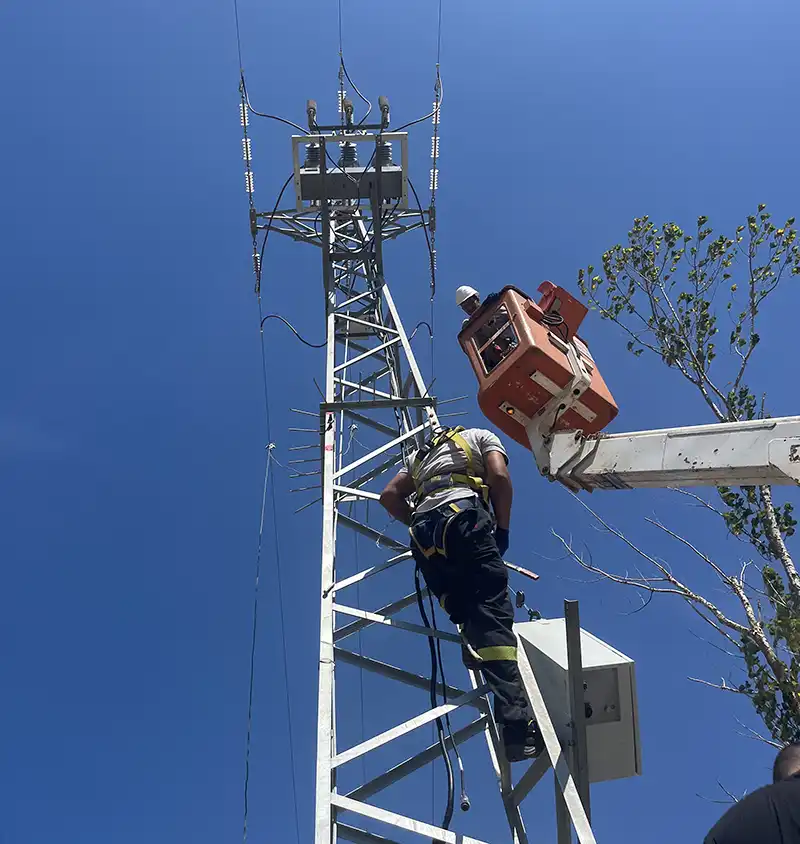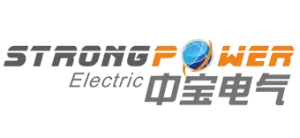Live-line work, which involves performing maintenance or network optimization on energized power facilities without requiring an outage, has become a widely adopted and efficient O&M practice in the electrical industry.
As a key advanced technology in modern distribution networks, live recloser work offers significant value by enabling inspection, replacement, commissioning, and maintenance of equipment without interrupting customer power supply. Aligned with the core mission of utilities to ensure reliable and continuous electricity service, engineers have developed multiple risk mitigation technologies to make live-line work a safe, manageable, and operationally acceptable grid practice. Specifically, its functions are reflected in three main areas:
First, direct maintenance tasks—such as live-line disconnection, replacement of faulty or aging equipment, removal of foreign objects, and parameter calibration—ensure that the recloser’s protection and automation performance remain optimized.
Second, prevention and assurance activities allow for the timely elimination of equipment hazards and the implementation of proactive measures. These efforts greatly enhance grid flexibility and power supply reliability, particularly in meeting the stringent requirements for high-quality continuous power in critical areas.
Third, emergency response capabilities enable rapid resolution of sudden grid equipment defects with minimal customer impact and reduced repair time.

The entire live-line operation process strictly complies with safety procedures and relies on certified equipment and professionally trained personnel. This ensures the core objective of “zero customer awareness” and “zero impact” on power supply, providing essential support for the high-quality development of smart distribution networks.
Strong Power reclosers are typically deployed as upstream protection devices during live operations. Their protection configuration allows immediate response upon detection of system faults, cutting off power to ensure operational safety and system stability.



